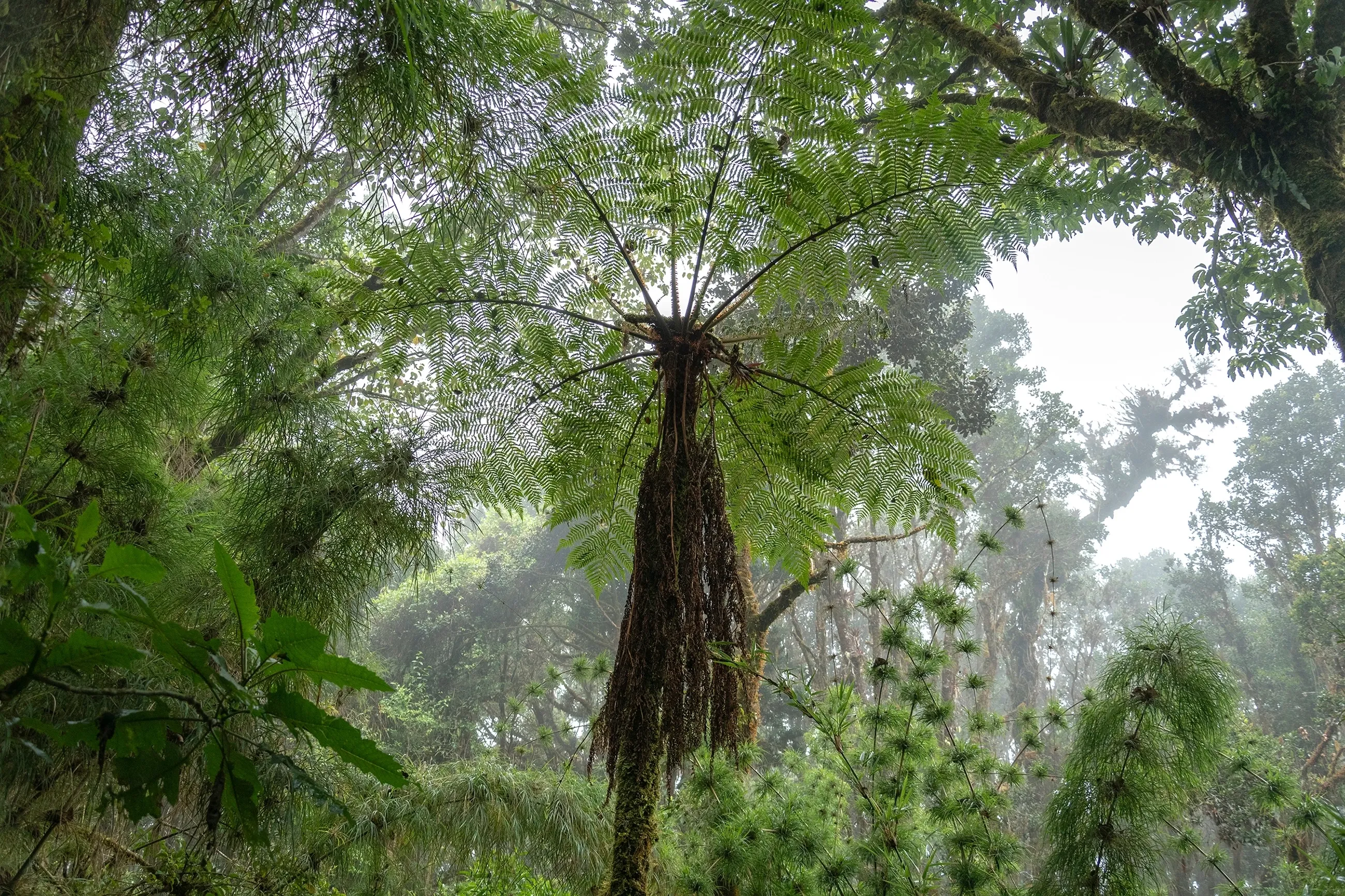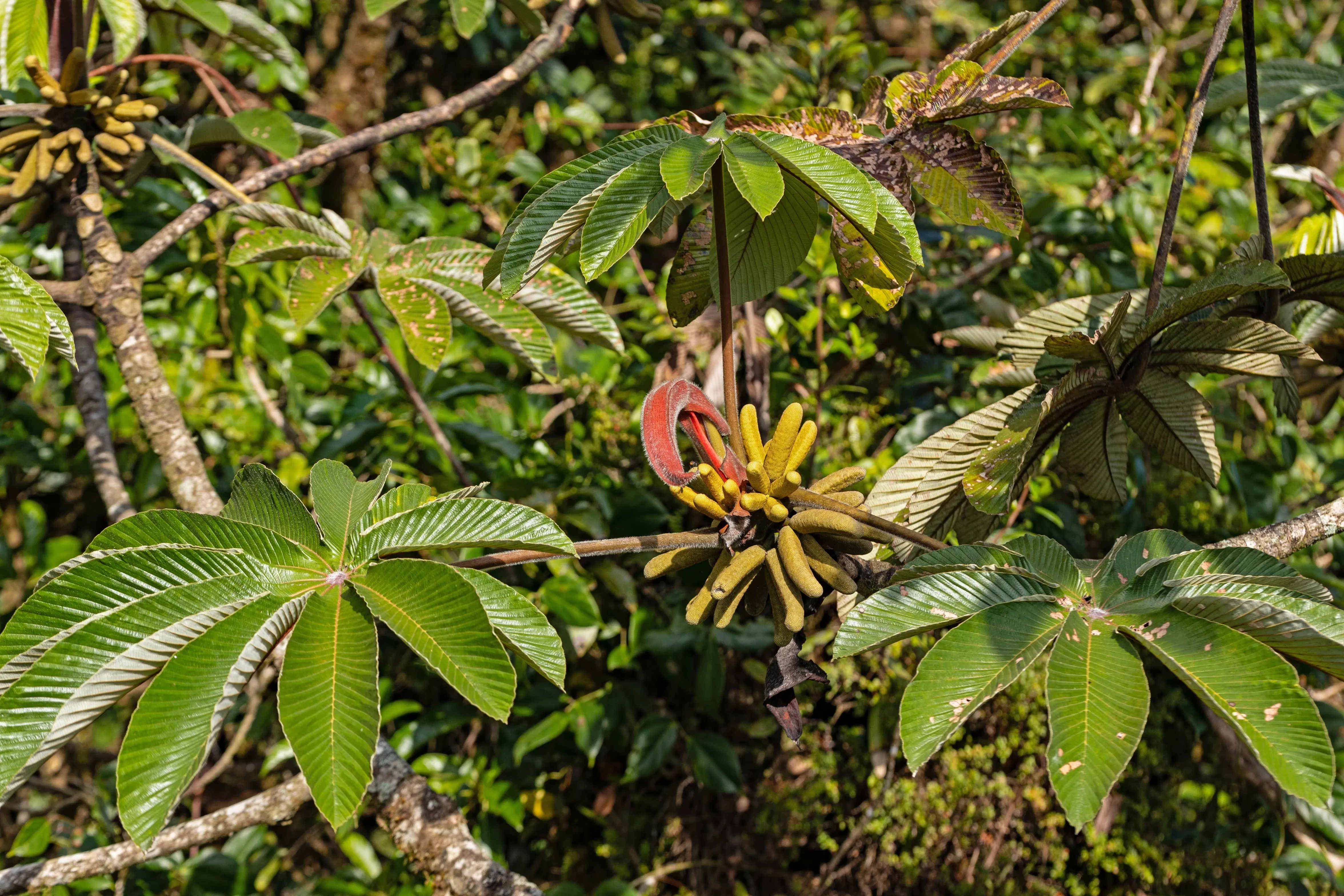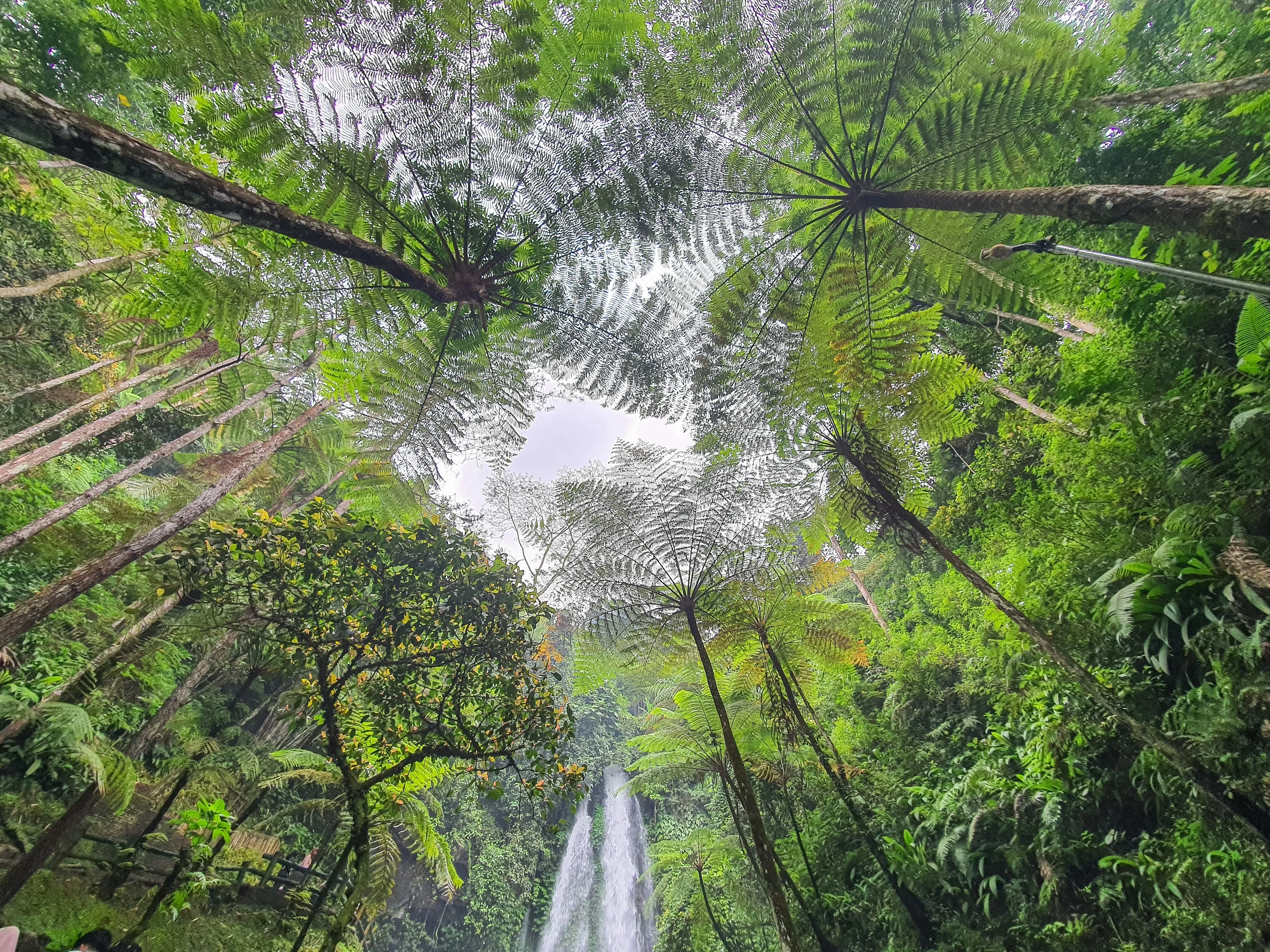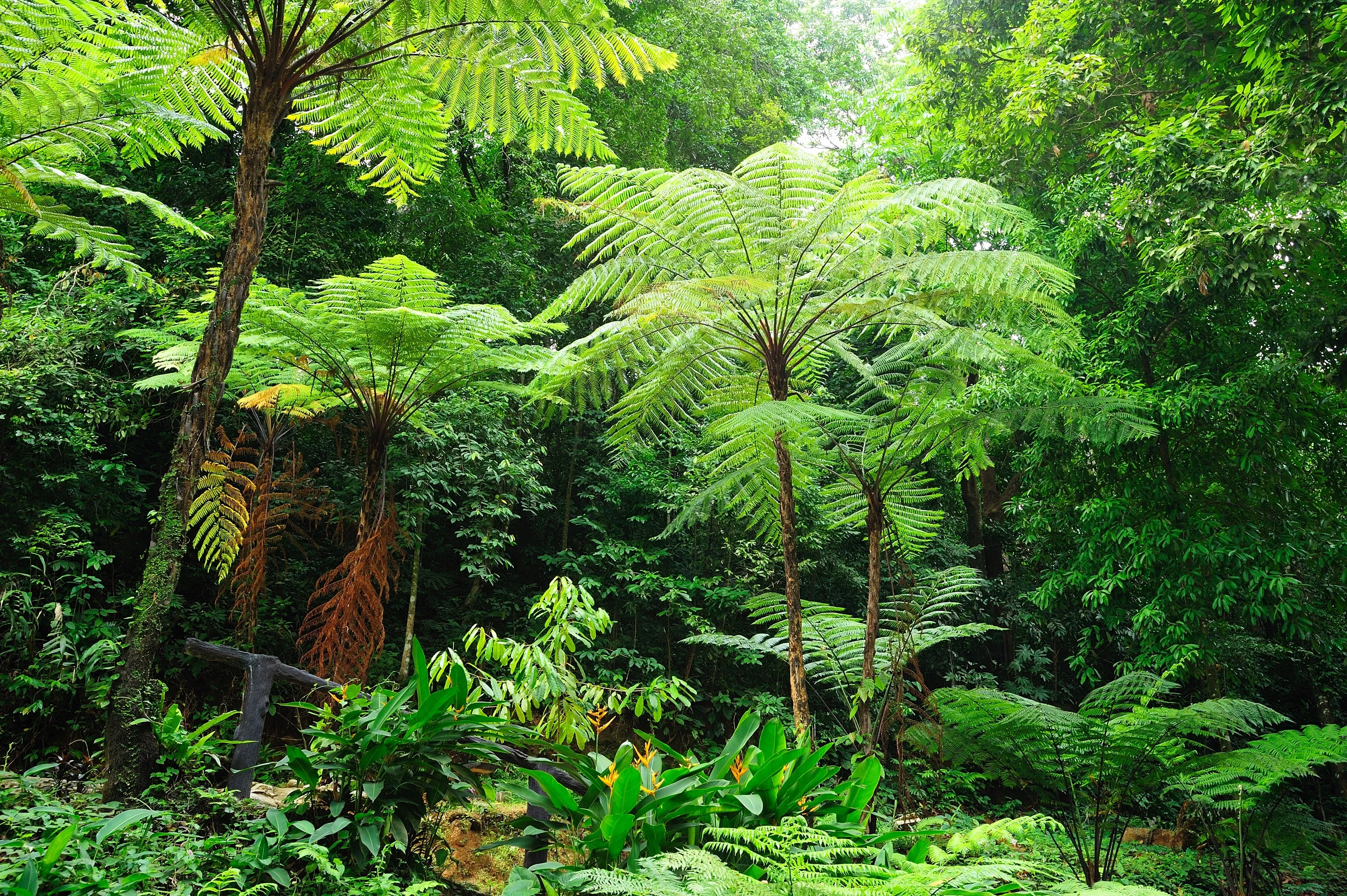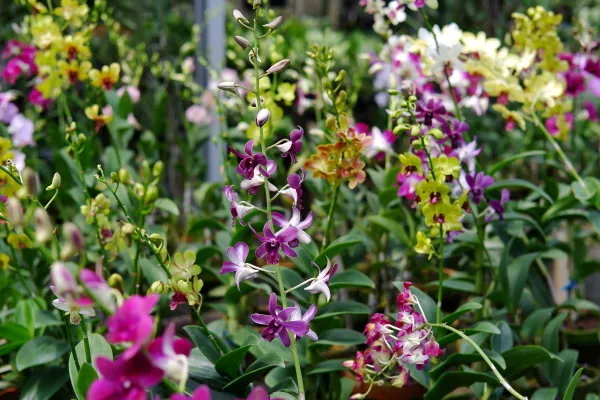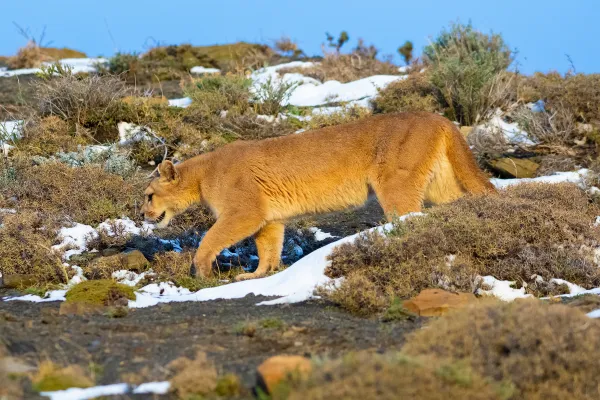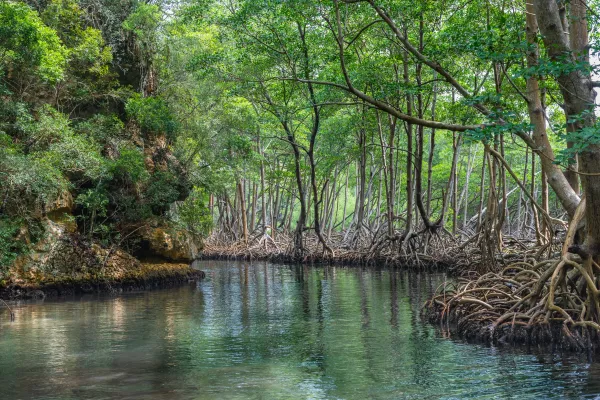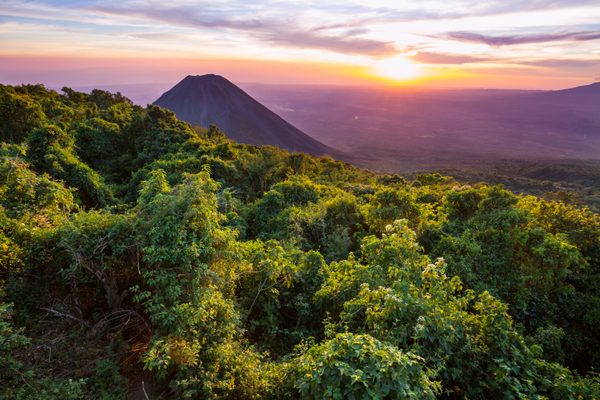Flora of Costa Rica in focus - Tree Ferns
With their gently unfurling, emerald-green fronds, tree ferns are a beauty to behold. However, their delicate appearance belies their remarkable resilience.
These phenomenal plants have withstood the elements over hundreds of millions of years - they are even older than dinosaurs.
Where are tree ferns from?
Tree ferns are from the plant order Cyatheales, which comprises over 600 species in eight different families. Also called fern trees, they are among the most ancient botanical species on earth. They originate from the Carboniferous Period, roughly 360 million years ago.
This was an era before dinosaurs walked the earth and flowering and coniferous plants evolved. In fact, most oil, coal, and gas deposits consist mainly of fossilised tree ferns and cycads. For millions of years, they were the only plants on the planet.
Tree ferns are ferns but not real trees because their trunks are never woody. They consist of rhizomes that form a thick, fibrous central column. These ‘trunks’ absorb an enormous amount of water, even when dead or dying.
For this reason, they are incredibly resilient to forest fires. It also accounts for the fact that tree ferns are one of the first species to recover in the wake of a blaze. Additionally, trees grow to a height of at least three metres under natural condi-tions, while tree ferns can be much smaller.
Where do tree ferns grow?
Today, you can find tree ferns adding beauty to most tropical and subtropical forests worldwide. Additionally, specific hardier species grow in less forgiving environments like lofty mountain peaks and windswept coastlines.
Costa Rican tree ferns, Australian tree ferns, and Japanese tree ferns are among the better-known tree fern species.
How tall do tree ferns grow?
Despite their slow growth rate, tree ferns can grow to over 15 metres tall in height. The world’s tallest tree fern species is Cyathea australis, which can grow to over 25 metres. This species is native to Australia’s east coast, including the offshore island of Tasmania.
People also call it the Australian tree fern or the ‘rough tree fern’, a reference to its scaly trunk. This resilient species has an unusual propensity for blasts of salty sea air and, therefore, thrives on the continent’s blustery shoreline.
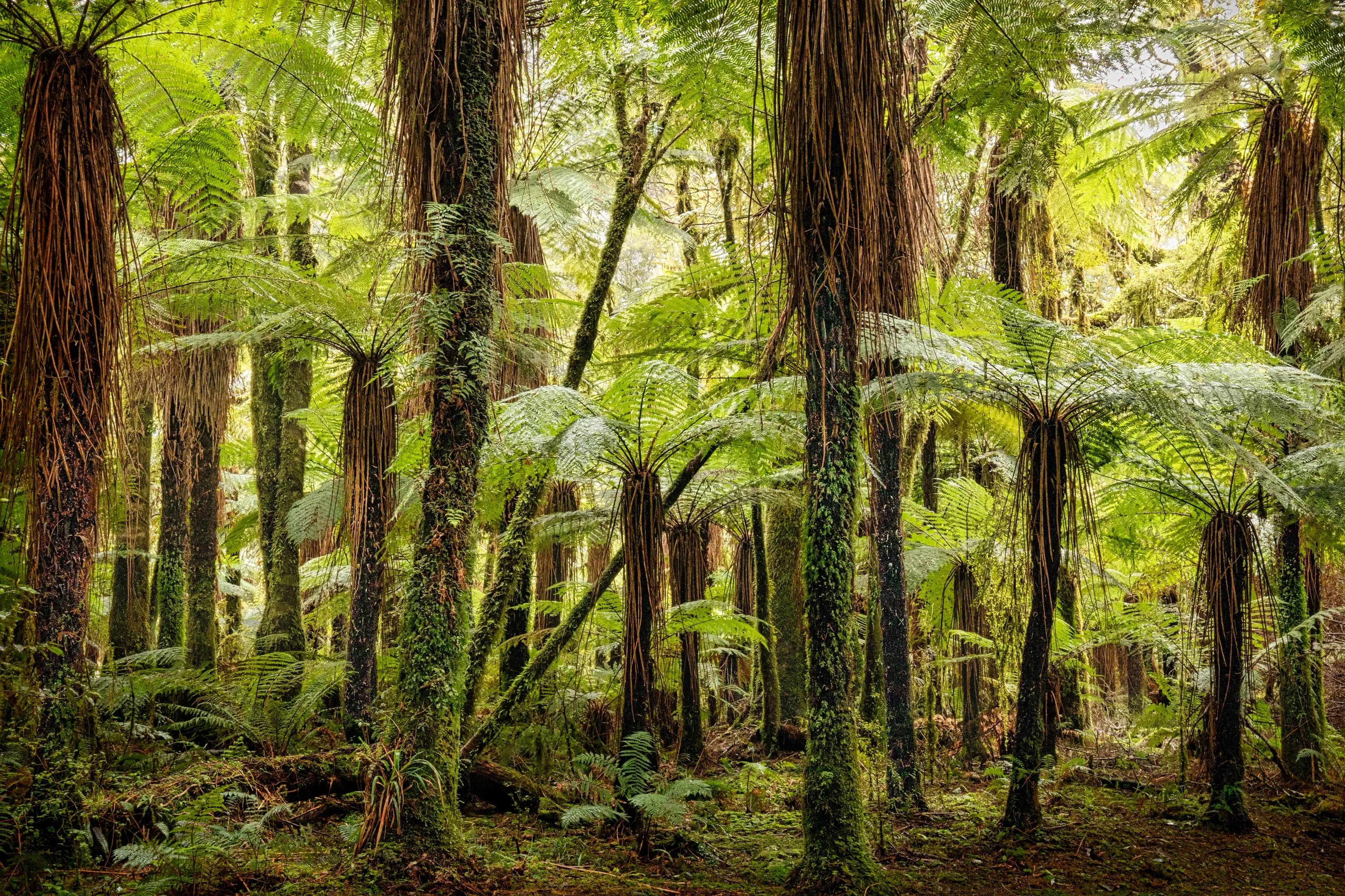
The elfin tree fern (Cyathea dryopteroides), native to the Puerto Rican highlands, is on the other side of the size spectrum. This dwarf fern grows to a mere height of roughly 60 centimetres, Similarly, its tiny trunk reaches a diameter of merely 2.5-odd centimetres. Unlike most other tree ferns, this dwarf fern can withstand extremely cold weather conditions.
Therefore, it thrives in Puerto Rico’s high-altitude cloud forests, where temperatures can reach as low as 4 degrees Celcius. The elfin tree fern is native to Puerto Pico.
Unfortunately, legal and illegal deforestation, as well as road and communications construction, have decimated the natural population in recent decades. The species was classified as endangered in 1987.
How do tree ferns reproduce?
Unlike most plants, tree ferns do not reproduce via flowers or seeds but through spores - a legacy of their ancient origins. The reproductive system is located at the tip of the tree fern’s stem, which grows from its rhizomatic base.
In the right season, the tendrils unfold from a coil in this crown called a ‘fiddlehead’. If predators, harsh weather conditions, or other factors damage or remove this life-giving apex, the plant may die.
However, if the leaves reach maturity, they unfold into leafy fronds and develop spores on the underside of the fronds. When the spores germinate, they transform into minuscule plants that hold the key to the tree fern’s reproductive cycle.
These tiny heart-shaped organisms – known as prothalli – produce both male and female cells. When the prothalli drop to the forest floor after fertilisation, they begin the life-cycle of a new tree fern.
Tree ferns also play host to several epiphytic plants, which have roots that never touch the ground. These species include lichens, mosses and tiny, translucent filmy ferns. Therefore, tree ferns are miniature ecosystems!
How fast do tree ferns grow?
Tree ferns are famously slow to mature, growing only 25 to 50 millimetres yearly. This means that many of the taller tree ferns you see in ancient forests are centuries old.
A network of rhizomes forms the base from which the tree fern grows and unfolds its fertile fronds annually. As time passes, these fibrous leaf pads collect on top of one another, and the tree fern inches towards greater heights.
How to grow and care for tree ferns?
You can do your bit to preserve tree ferns by growing your own at home. The focus here is on protecting this plant species!
When caring for your maturing tree fern, these tips may help you get the best results from the growing process:
- Plant your tree fern in spring.
- As it grows, pour water directly onto the apex of the stem emerging from the trunk.
- It is best to use a drip system to keep a tree fern’s fibrous base damp at all times, particularly when planting them - if you use a hose, much of the water tends to splash off the trunk rather than sink into it. A drip system minimises water usage and wastage, while maximising hydration to the plant. Furthermore, it provides a 24/7 moisture-rich environment, which most tree ferns experience naturally in the rainforests they typically inhabit.
- Most tree ferns are sensitive to strong winds and full sun. Therefore, choose a sheltered spot, preferably in partial shade, to give your tree fern the best chance of survival.
- If you live in an especially cold climate, plant your tree fern in a pot that you can relocate indoors during frosty months.
- Particularly, you should protect the tree fern’s crown in cold conditions. Scott Taylor, a Kew Gardens horticulturalist, recommends tying the central fronds together and covering them with dry hay during winter.
- Above all, only buy tree ferns from reputable, licensed suppliers who can guarantee they harvested these endangered plants ethically and sustainably.
Source references:
Australian National Botanic Gardens
The Guardian
Encyclopedia.com
Britannica
The Tree Fern
Sign up for the newsletter
By clicking on “Subscribe now” I will subscribe to the Conscious Explorer newsletter with all the information about mindful travel. Information on the success measurement included in the consent, the use of the shipping service provider MailChimp, logging of the registration and your rights of revocation can be found in our privacy policy.

